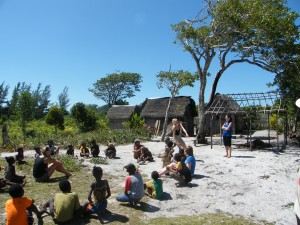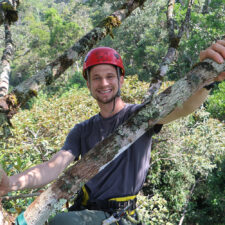 Lemur Conservation Foundation
Lemur Conservation Foundation
Supporting Member of the Lemur Conservation Network
What We Do
The Lemur Conservation Foundation (LCF) helps conserve lemurs through managed breeding programs, outreach, and on-the-ground conservation in northeast Madagascar.
We are a non-profit corporation dedicated to the preservation and conservation of the primates of Madagascar through managed breeding, scientific research, and education. The foundation (and accompanying lemur reserve) focus on fostering natural lemur behavior to encourage a dynamic population.
LCF supports educational programs started by the late Dr. Alison Jolly in Madagascar and is developing content to bring those programs to classrooms in the United States. In addition, LCF provides financial support to assist in the establishment of a tourist and research camp in Anjanaharibe-Sud Special Reserve in northeast Madagascar, home to the elusive Silky Sifaka and a unique population of Indri with black pelage.
How We Protect Lemurs And Other Wildlife
LCF has partnered with the Madagascar National Parks in Anjanaharibe-Sud Special Reserve (ASSR) to provide boundary demarcations for this protected area and a site called Camp Indri which provides base camp for tourists and researchers. This helps protect habitat for lemurs and other wildlife.
Ex-situ we operate a 100 acre reserve in Myakka City, Florida. The reserve is set up with two semi free-ranging forests, each approximately ten acres, and two traditional enclosure buildings. As a Certified Related Facility with the Association of Zoos and Aquariums, LCF participates in the Eulemur Species Survival Plan (SSP), Ruffed Lemur SSP, and Ring-tailed Lemur SSP, which include a global network of institutions working towards the propagation of selected lemur species in order to ensure the healthy existence of those species whose survival is in peril.
LCF also hosts field training programs, in which professors and their students utilize the facility and the lemur colony for behavioral observations and research on social dynamics and cognitive skills, as well as habitat use and food selection. These training programs produce future primatologists and conservation biologists which will carry the conservation imperative forward for lemurs and other endangered species. Fostering and inspiring conservation based careers is an invaluable part of LCF’s mission.
What Lemur Species We Protect
At our reserve in Florida, we house over 45 lemurs of six different species, most of which are critically endangered or endangered. LCF is a Certified Related Facility with the Association of Zoos and Aquariums and participates in their Species Survival Plans which work to maintain a genetic safety net for a variety of lemur species. The species currently at the reserve are:
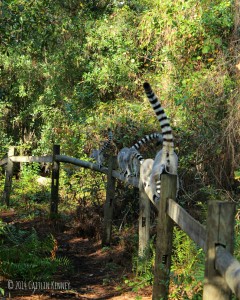
A family of Lemur catta in one of LCF’s semi free-ranging forests, where field students can observe lemurs in a natural environment.
- Collared lemur (Eulemur collaris)
- Mongoose lemur (Eulemur mongoz)
- Sanford’s lemur (Eulemur sanfordi)
- Common brown lemur (Eulemur fulvus)
- Red ruffed lemur (Varecia rubra)
- Ring-tailed lemur (Lemur catta)
LCF is supporting projects in Anjanaharibe-Sud Special Reserve (ASSR), a large mountainous rainforest in northeastern Madagascar, which has long been recognized as a lemur priority site. At least 11 lemur species are found here including:
- Indri (Indri indri)
- Silky sifaka (Propithecus candidus)
- Aye-aye (Daubentonia madagascariensis)
- Mittermeier’s mouse lemur (Microcebus mittermeieri)
- Northern bamboo lemur (Hapalemur occidentalis)
How We Support Local Communities
Educational Outreach
We have the pleasure of continuing Dr. Alison Jolly’s legacy with the Ako Project, in collaboration with Dr. Hanta Rasamimanana, Dr. Jolly’s former colleague, professor at ENS, and Madagascar’s “Lemur Lady”.
The Ako Project, sponsored by EnviroKidz, is an educational children’s book series, translated in both English and Malagasy, which is intended to teach Malagasy children about different species of lemur in a fun, tangible way. The books come with matching curriculum to help teachers convey the conservation themes and concepts envisioned for the stories.
Training support
LCF also collaborates with École Normale Supérieure (ENS), the teachers’ training arm of the University of Antananarivo. This partnership supports the students of ENS in their field research and field work theses at the Berenty Reserve, a private wildlife reserve in southern Madagascar. Research done at Berenty includes lemur census surveys and plant phenology.

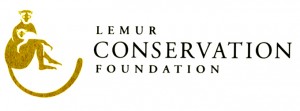 Lemur Conservation Foundation
Lemur Conservation Foundation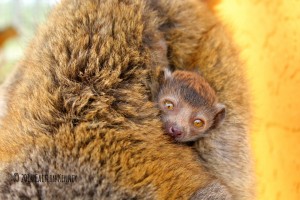
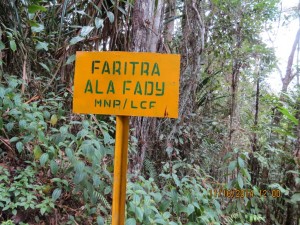
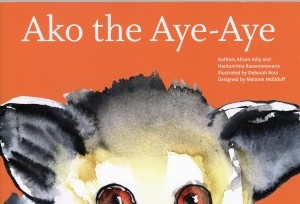
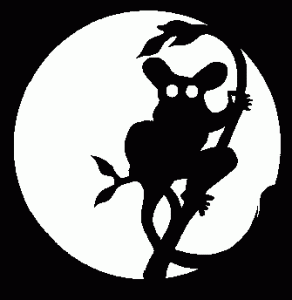
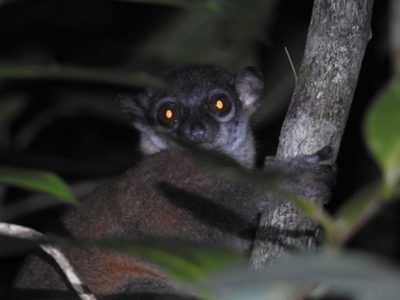
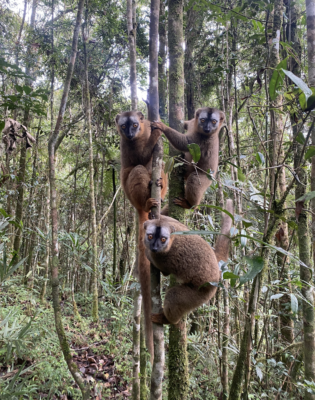

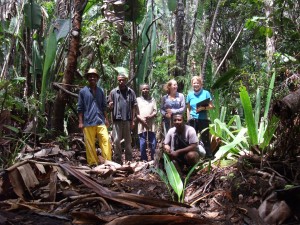
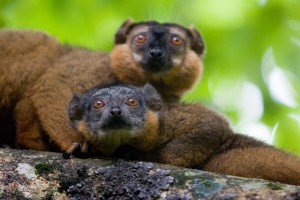
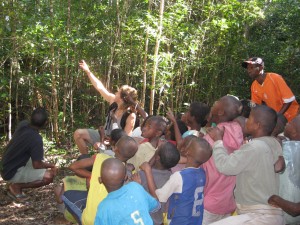 The work we do involves communities at every stage of project development, implementation, and evaluation. This makes projects more sustainable and promotes local ownership.
The work we do involves communities at every stage of project development, implementation, and evaluation. This makes projects more sustainable and promotes local ownership.